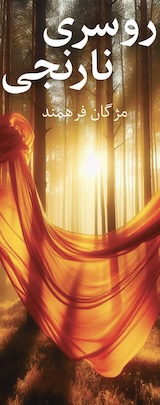The New Yorker:
A sprawling exhibit at the Met charts the medium’s era of busy development.
By Vince Aletti
“The New Art: American Photography, 1839–1910,” at the Metropolitan Museum of Art through July 20th, is a big, sprawling show of work from the medium’s era of busy development, as one format improved on and eclipsed another, and photography became a popular art. The show’s charting of the technical and scientific refinements that led from unique daguerreotypes to reproducible cartes de visite and stereographs help ground what could have been a dry and academic exhibition in a sense of discovery. The photographers, including a slew of amateurs and “unknown makers,” were literally taking the medium into their own hands and exploring the possibilities of a new form of expression, a new way of seeing.
By focussing on work made in America, “The New Art” also charts a country and a democracy defining itself bit by bit. Because a daguerreotype was the unique result of a painstaking and expensive process—wall text describes an “image formed on the surface of a silver-plated sheet of copper fumed with iodine” and “developed with hot mercury vapors”—its use was usually reserved for studio portraiture. Posed before a painted backdrop, with drapery and props that suggest a stuffy funeral parlor, lawyers, businessmen, and society matrons, dressed as if for a wedding reception, remained absolutely still for as long as it took to fix an image, typically twenty to forty seconds at the time most of these examples were made. Each finished plate, as reflective as a mirror, was presented in a brass mat, often hinged to a silk or velvet-lined panel that closed to form a book-like case, not unlike a cosmetic compact. The Met’s selection—from a private collection amassed by the American photography dealer William L. Schaeffer, and now a “promised gift” to the Met—nods to the format’s association with establishment wealth and power while showcasing a decidedly democratic range of subjects: a farmer with his tools, a blacksmith behind his anvil, a dapper young man with a rooster, and two children in postmortem portraits, laid out for formal viewing.
Go to link










Comments